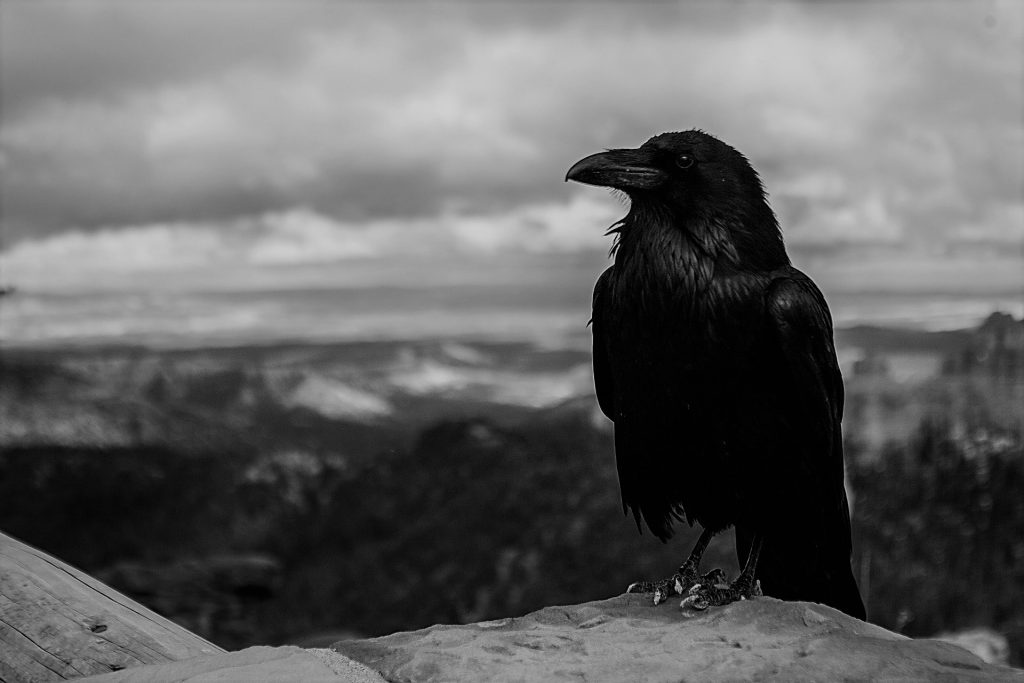Dr Frances A. Kamm, Lecturer in Film at the School of Arts has selected five spine-tingling female Gothic films to help you get in the mood this Halloween.
Frances is co-editor of Gothic Heroines On Screen: Representation, Interpretation, and Feminist Enquiry (Routledge, 2019). Her research interests include the Gothic, female representation and film technologies, including visual effects.
We are all familiar with the formula: a young woman finds herself trapped within a foreboding mansion fearing for her life – and, typically, her sanity – as she wanders around the dark corridors alone at night. These conventions are at the core of the ‘Female Gothic’, a tradition with its roots in the 18th Century Gothic novel and, in particular, the work of Ann Radcliffe. Although it is a contested category with many variants, the importance of the central female protagonist to the Female Gothic persists. The endangered Gothic heroine in her haunted house has been translated onto the screen in various ways; below is a diverse selection of films which explicitly evoke or unconsciously adapt the key tropes of a Female Gothic narrative.
Rebecca (1940; dir. Alfred Hitchcock)
Hitchcock’s first US production, Rebecca is also considered the first in a wave of Female Gothic films popular in Hollywood throughout the 1940s. The Daphne du Maurier adaptation has all we expect from a Female Gothic story: a young woman marries a man with a secret past that she must unravel in order to save her marriage – and herself. Cue lots of eerie scenes of our unnamed protagonist exploring the imposing Manderley under the constant scrutiny of the menacing housekeeper, Mrs Danvers. Other films made during the 1940s Hollywood Gothic cycle include Gaslight (1944), The Spiral Staircase (1946) and Secret Beyond the Door (1947). Rebecca has also just been adapted again by Ben Wheatley, in a production available to view on Netflix.
The Innocents (1961; Jack Clayton)
Another adaptation, The Innocents sees the heroine haunted by ghostly apparitions in a large country house. The supernatural occurrences are exacerbated by the disturbing behaviour of the two young children Miss Giddens is employed to tutor. The ambiguity surrounding these events encourages Miss Giddens to question her own sanity; this strategy is used for a similar effect in the contemporaneous The Haunting (1963) where, again, the heroine’s perception of events is often undermined.
Black Christmas (1974; Bob Clark)
This cult classic is now considered one of the first slashers, heralding in an era of films which saw a masked killer target a series of sexually promiscuous teenagers. The slasher is also reminiscent of the Female Gothic tradition: much like the Gothic heroine, the slasher’s Final Girl usually finds her life at stake within a domestic space. The implied threat in a story like Rebecca becomes overt violence in Black Christmas with the killer hidden within the house.
Crimson Peak (2015; Guillermo del Toro)
Del Toro’s film self-consciously taps into the Female Gothic story, with the director citing films such as Rebecca as a key inspiration. Edith’s growing unease concerning her hasty marriage is reminiscent of du Maurier’s unnamed heroine; while Edith’s night-time investigation of the haunted Allerdale Hall evokes Miss Giddens’s nocturnal wanderings in The Innocents, complete with a similar white nightdress and candelabra.
Under the Shadow (2016; Babak Anvari)
The trope of the imperilled woman within the domestic space is translated into 1980s Iran with terrifying results. Shideh struggles to protect her daughter from more than one kind of unseen terror: the bombs dropping on the city; the oppressive post-revolutionary authorities; and a series of apparitions which become increasingly aggressive. Like other Gothic heroines, Shideh is forced to ask herself: are these supernatural events real or merely imagined? And what should she do when the safety of home is replaced by terror and danger?

